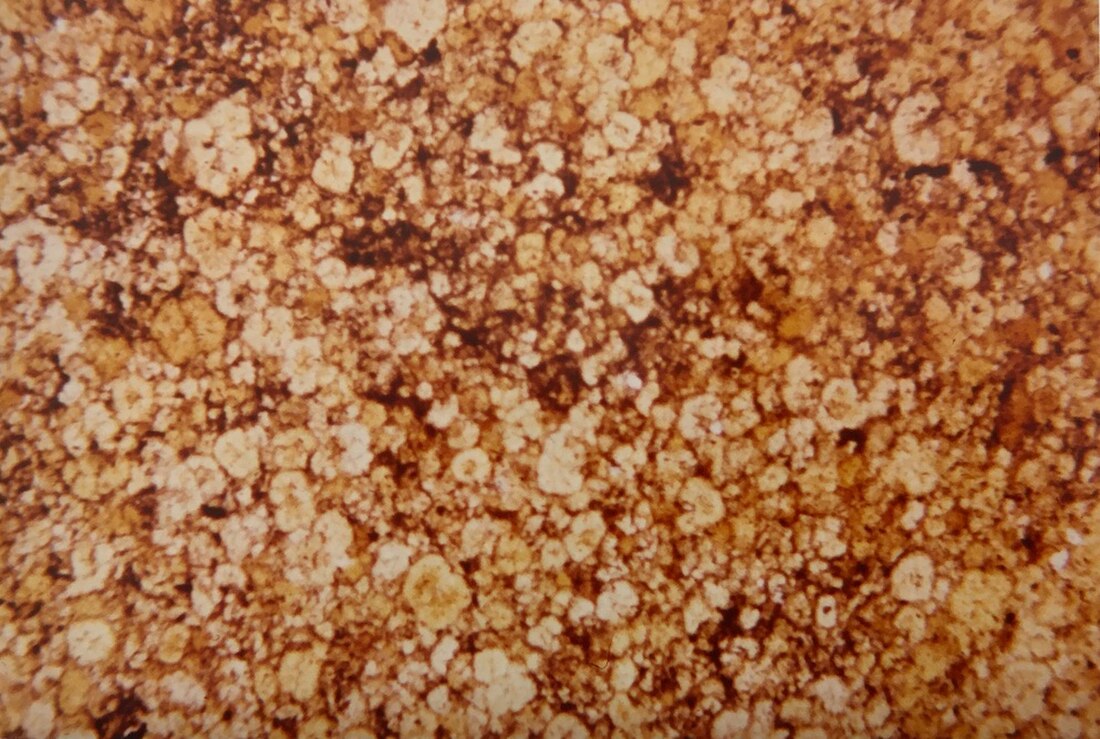Top Qs
Timeline
Chat
Perspective
Torbanite
Type of fine-grained black oil shale From Wikipedia, the free encyclopedia
Remove ads
Torbanite, also known historically as boghead coal or kerosene shale, is a variety of fine-grained black oil shale. It usually occurs as lenticular masses, often associated with deposits of Permian coals.[1][2] Torbanite is classified as lacustrine type oil shale.[3] A similar mineral, cannel coal, is classified as being a terrestrial form of oil shale, not a lacustrine type.[3]

Torbanite is named after Torbane Hill near Bathgate in West Lothian, Scotland, a major location of occurrence.[4] Torbanite found in Bathgate may have formations of bathvillite found within it.[5] Historically, two other names have been used for torbanite. Boghead coal is named after Boghead estate, also near Bathgate in Scotland. In Australia, the historical name for torbanite was kerosene shale.[6][7]
Other major deposits of torbanite are found in Pennsylvania and Illinois, US, in Mpumalanga Province in South Africa, in the Sydney Basin of New South Wales, Australia,[8] the largest deposit of which is located at Glen Davis, and in Nova Scotia, Canada.[1][4]
Organic matter (telalginite) in torbanite is derived from lipid-rich microscopic plant remains similar in appearance to the fresh-water colonial green alga Botryococcus braunii.[1][2][4] This evidence and extracellular hydrocarbons produced by the alga have led scientists to examine the alga as a source of Permian torbanites[9] and a possible producer of biofuels.[10][11] Torbanite consists of subordinate amounts of vitrinite and inertinite; however, their occurrence varies depending on deposits.[4]
Torbanite typically comprises 88% carbon and 11% hydrogen.[1] Paraffin oil can be distilled from some forms of torbanite, a process discovered and patented by James Young in 1851.[12][citation needed]
A rubber-like, elastic, highly-resilient bituminous substance, known as coorongite—classified as an organic-rich sediment and named after the Coorong, a lagoon in South Australia where it was found—was in 1925 identified as a "peat stage" in the formation of torbanite, which suggested the lacustrine and algal origin of torbanite.[6][13][14][11] However, a 1989 study looked at coorongite collected on the shores of the Darwin River Reservoir in the Northern Territory, where Botryococcus braunii B race grows profusely. The authors concluded that torbanite could not be derived from coorongite, because although "torbanite and some coorongites derive from a common algal source, they clearly show distinct structures, as a result of markedly different conditions of early diagenesis of the Botryococcus biomass". Torbanite is characterised by well-separated fossil colonies, while coorongite is not.[15]
Remove ads
See also
References
Wikiwand - on
Seamless Wikipedia browsing. On steroids.
Remove ads
